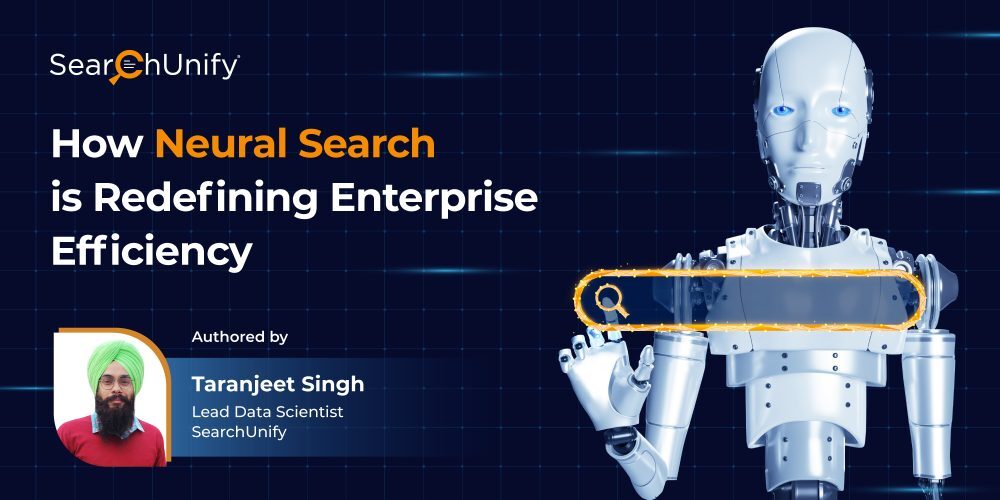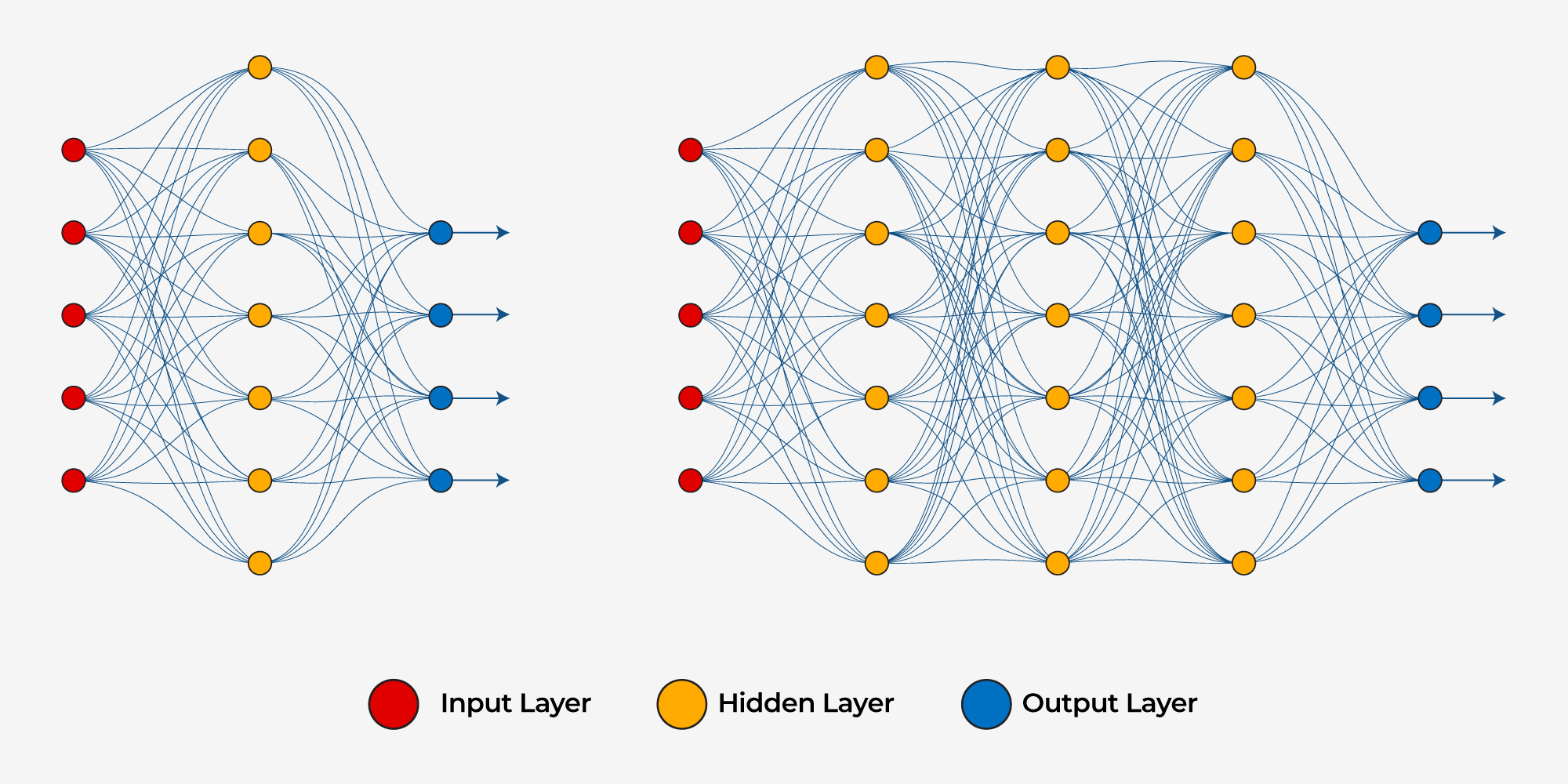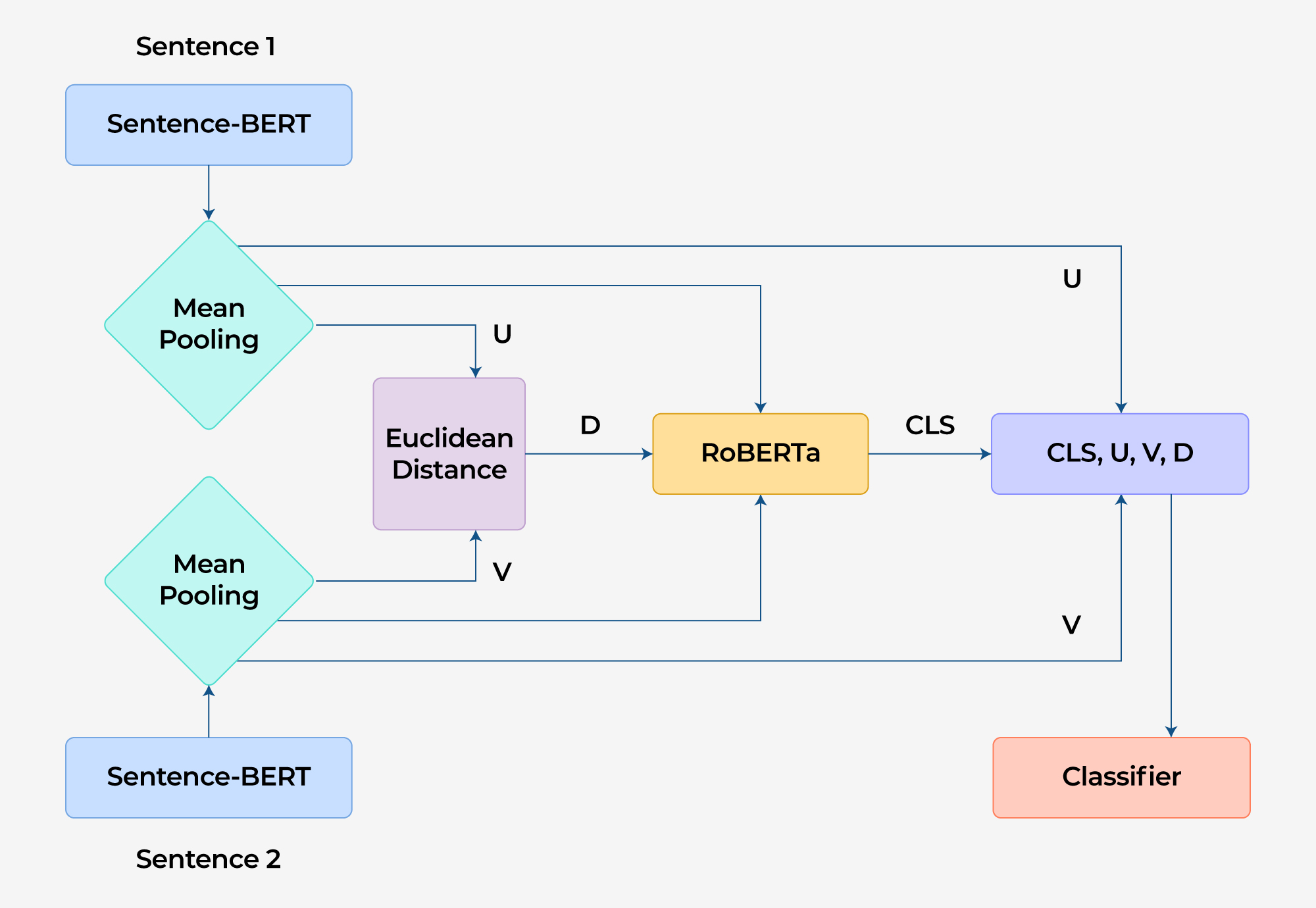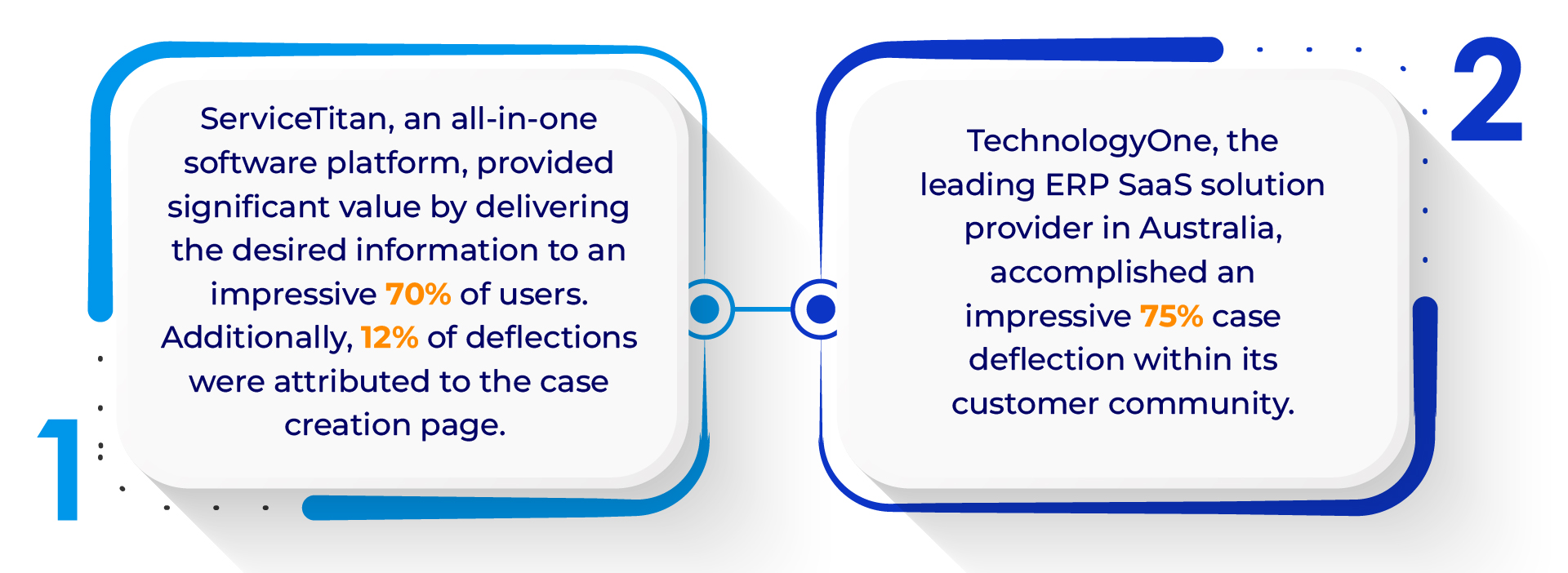
Search engines are indispensable tools for many seeking instant answers. However, enterprises often face challenges with conventional search engines due to stringent data security requirements, as indexed data is typically publicly accessible.
This is where enterprise search plays a crucial role, allowing organizations to securely access information within their internal networks. Over time, advancements in enterprise search have emerged, notably in the form of Vector or Neural Search.
In this blog post, we’ll be focusing on this advanced enterprise search technology, and exploring how Neural Search takes search capabilities to new heights. Let’s get started!
What is Neural Search?
Neural search refers to the use of neural networks that come under a category of machine learning (ML) models inspired by the human brain, to improve the performance of search engines.
By employing powerful neural network architectures such as transformers, it delves into understanding the context, semantics, and relationships within search queries.
This approach offers several advantages over other methods like semantic search or keyword-based search…
But How Exactly Does Neural Search Work?
Let’s understand the nuts and bolts behind the power of Neural Search by breaking the process down into sections:
Data Representation
The first step in neural search is representing words, phrases, or documents as vectors in a high-dimensional space. This process is known as embedding and is useful in capturing the semantic relationships between words.
Model Architecture
At the core of neural search are neural network architectures, such as recurrent neural networks (RNNs), convolutional neural networks (CNNs), and transformer-based models. Transformers, specifically, have become quite popular due to their ability to capture context and semantic relations in large amounts.
Below is a diagram depicting how such architectures provide conclusions to your queries:

Training
Many neural search models are trained using supervised learning, wherein the model is provided with pairs of input queries and relevant documents. This helps the model predict the relevance of documents to specific queries.
Contextual Understanding
Neural networks rely on attention mechanisms to weigh the importance of different words in a sentence or document, allowing the model to capture context more accurately.
Indexing and Retrieval
Once the neural search model is trained, an index is created to map the documents in the vector space. This is often done using inverted indexing, where each document is associated with its vector representation. The neural search model then efficiently retrieves relevant documents from the index based on similarities between the vectors in the query and documents.
Response Generation
Once the relevant information has been retrieved, a list of documents is provided to the user, who can choose to further interact with the model to refine or select the most relevant result.
And voila! This is how neural search works. But what sets it apart from other search methodologies?
How Does Neural Search Perform in Comparison to Other Search Techniques?
Neural search frameworks perform differently as compared to other search techniques as shown in the diagram below:

Picture this: Two search techniques in action, one of them being the cutting-edge neural search. It kicks off by processing a sentence through a neural network, just like a transformer. Then, it employs mean pooling, averaging word embeddings to create a condensed vector that sums up the document’s essence.
The Euclidean distance is the next player that measures the similarity between the query and document vectors. You can think of Euclidean distance as the GPS of similarity, calculating the straight-line distance between two points in space—like finding the shortest route between two locations on a map.
Now, shift your focus to vector search on the left—a broader method using pre-trained word and document embeddings to grasp semantic relationships. Euclidean distance, in this context, efficiently retrieves similar documents based on their representation in a high-dimensional space.
But here’s the twist in neural search: after Euclidean distance works its magic, the model often brings in extra layers, like a cross-encoder or attention mechanisms. This fine-tunes the relevance score, capturing subtle semantic relationships and context-aware similarities, leading to a more precise ranking of search results. It’s like giving your search a turbo boost for accuracy.
Neural Search Use Cases for Enterprises
Neural search has a wide use case, consisting of the following:
- Customer Support: Streamline support processes with quick access to relevant information, improving response times and customer satisfaction.
- Product Recommendations: Boost sales and provide personalized product recommendations by understanding user preferences.
- Employee Onboarding: Facilitate onboarding by enabling new hires to easily access pertinent information and resources using natural language queries.
- Knowledge Management: Organize and retrieve institutional knowledge efficiently, fostering collaboration and innovation within the organization.
- Analytics: Improve decision-making by quickly extracting relevant information from diverse sources to create better strategies.
Therefore, neural search is the perfect tool for enterprises. If you’re intrigued, then SearchUnify offers the best of this solution! Let’s see how.
Learn How SearchUnify Leverages Neural Search for Better Context and Accuracy
Were you aware that SearchUnify can be up and running in just 7-14 days post-deployment?
SearchUnify leverages various search techniques to ensure the most relevant results are swiftly delivered to users from across the selected content sources.
In case someone feels that their search query did not yield the desired results, they can click on “re-ranking.” This is where neural search will show its magic by dynamically adjusting the search algorithm based on user interactions, and providing more accurate results.
Let’s see what our customers have to say about their experience with SearchUnify.
SearchUnify Customer Success Stories
Here’s how some of our customers benefited from the platform:

We’re offering a free demo so you can witness the exponential capabilities of SearchUnify by yourself!










